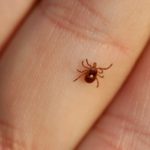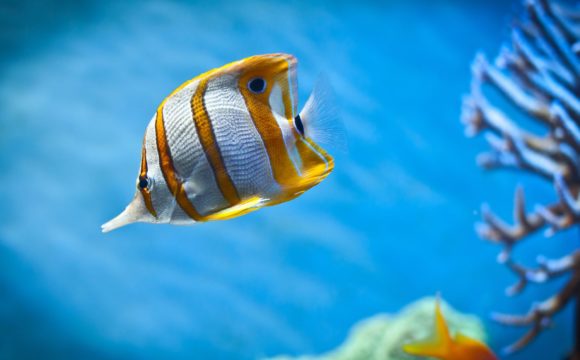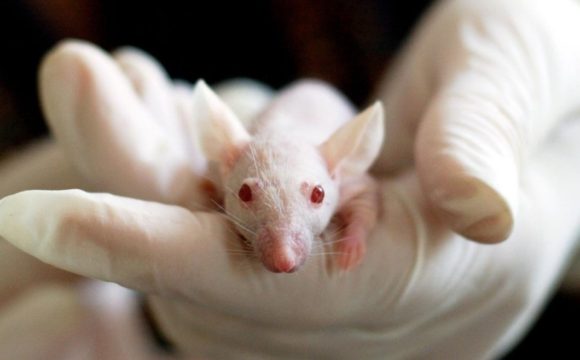The ever growing population of humans creates ever rising demands of energy. It is because energy coming from fossil fuels and other exhaustible resources are limited that we keep looking for alternative ways to compensate. Solar energy, biofuels and using the wind & hydroelectric power are the most notable example. Another budding candidate in the list of alternative energy development is microbes!!! Here we shall some details of one recent candidate – Shewanella oneidensis
Shewanella oneidensis is a gram negative bacterium which was first discovered in the Lake Oneida in the New York state in the USA in the year 1988. It belongs to the phylum Proteobacteria and was named after the lake. This organism is able to grow in both aerobic and anaerobic conditions (facultative anaerobe). It is often described as a heavy metal fan because of its ability to reduce heavy metal ions like that of iron (Fe), lead (Pb), and uranium (U). The bacteria can easily reduce these ions into their elemental form. In anaerobic conditions, it can also act on sulfates (SO42−) and nitrates (NO3-). It carries out reduction by virtue of its own metabolism. This ability of the Shewanella was chemically modified by scientists at University of California, Santa Barbara (UCSB) to artificially create a microbial fuel cell which can harness electricity!

Shewanella oneidensis
(source: phylomedb.org)
Given that the organism already has proteins in its cell membrane which conducts electrons and are essential for the respiration of the cell the team designed a Ferrocene-Based Conjugated Oligoelectrolyte (DSFO+), which is a redox-active molecule and is capable of coupling with the biological respiratory transmembrane electron transport. It was tested in two mutant strains in which the natural current-conducting proteins were knocked out (electrogenic knockout mutants). It was found that DSFO+ not only successfully replaced the current-conducting proteins but in fact it catalyzes the transmembrane electron transfer resulting in increased metabolic efficiency and therefore increased respiratory biocurrent production.

Crystals of the iron-containing molecule DSFO+
(source: www.news.ucsb.edu)
Three major applications come out of such a modified organism. First is in wastewater treatment where it can be used to break down contaminants which are in the form of heavy metal ions. Second is DSFO+’s ability to act as a power adapter between the electricity produced by the bacteria and any man-made device which is capable of harvesting it. And thirdly the multiple research questions that could be answered using such a system. For example providing electrons to carry out chemical reaction and then assessing the health or metabolic response to drug using electronic signatures.
Such alterations can also be brought about on a genetic level. But in several reports published on this research, the authors have asserted that chemical modifications offer certain advantages over the genetic ones. These advantages are the fact that as the bacteria multiply the effect of chemical modification gets diluted and it eventually returns to its original state making it more eco-friendly and practical. The second is the fact that genetic modifications are highly specific while a chemical modification like this one can be applied to many different types of organisms.
Reference:
Jonathan A.Davies, Thomas A.Clarke, and Julea N.Butt Making Connections: An Amphiphilic Ferrocene Stimulates Bacterial Electricity Production Chem 9 February 2017









